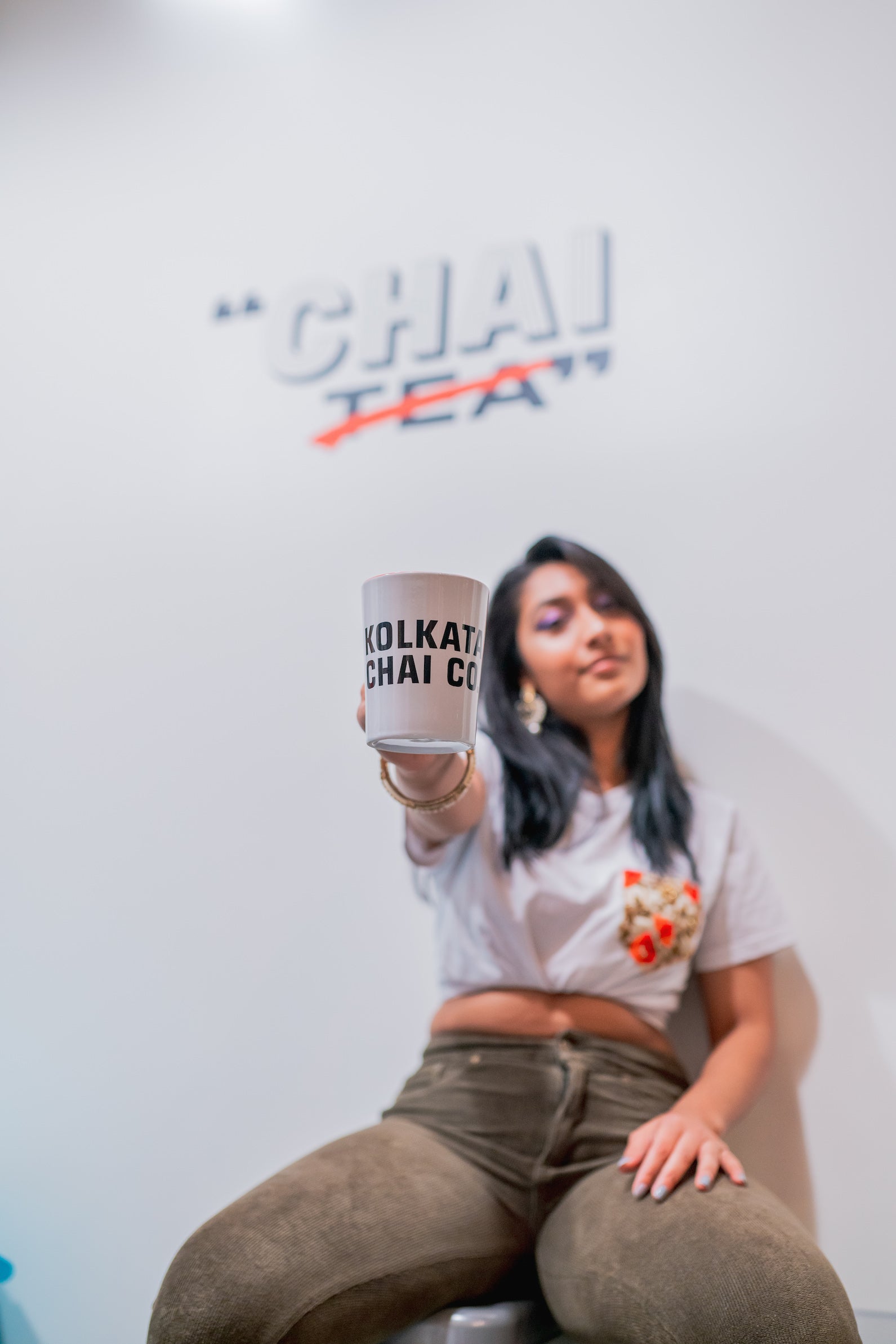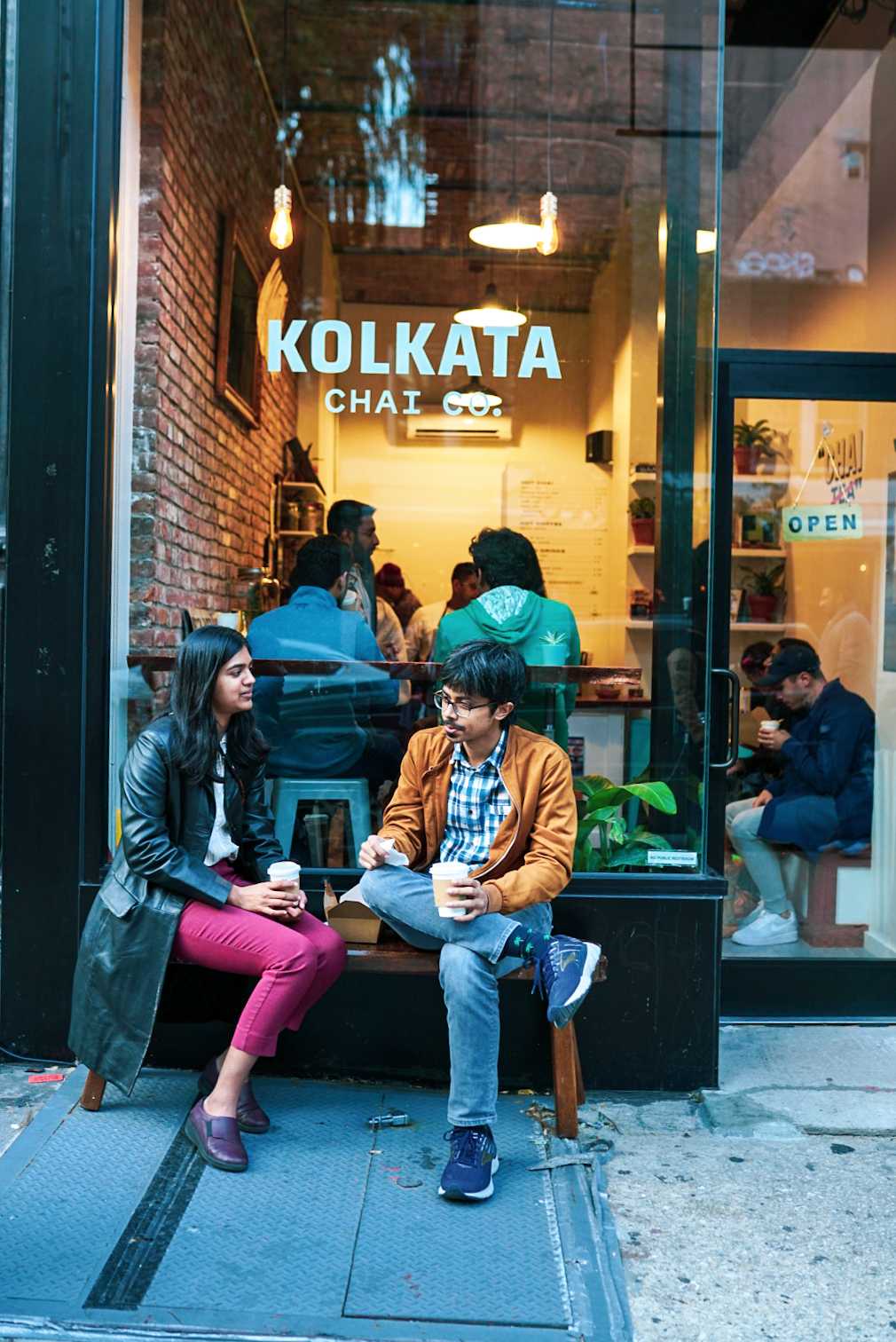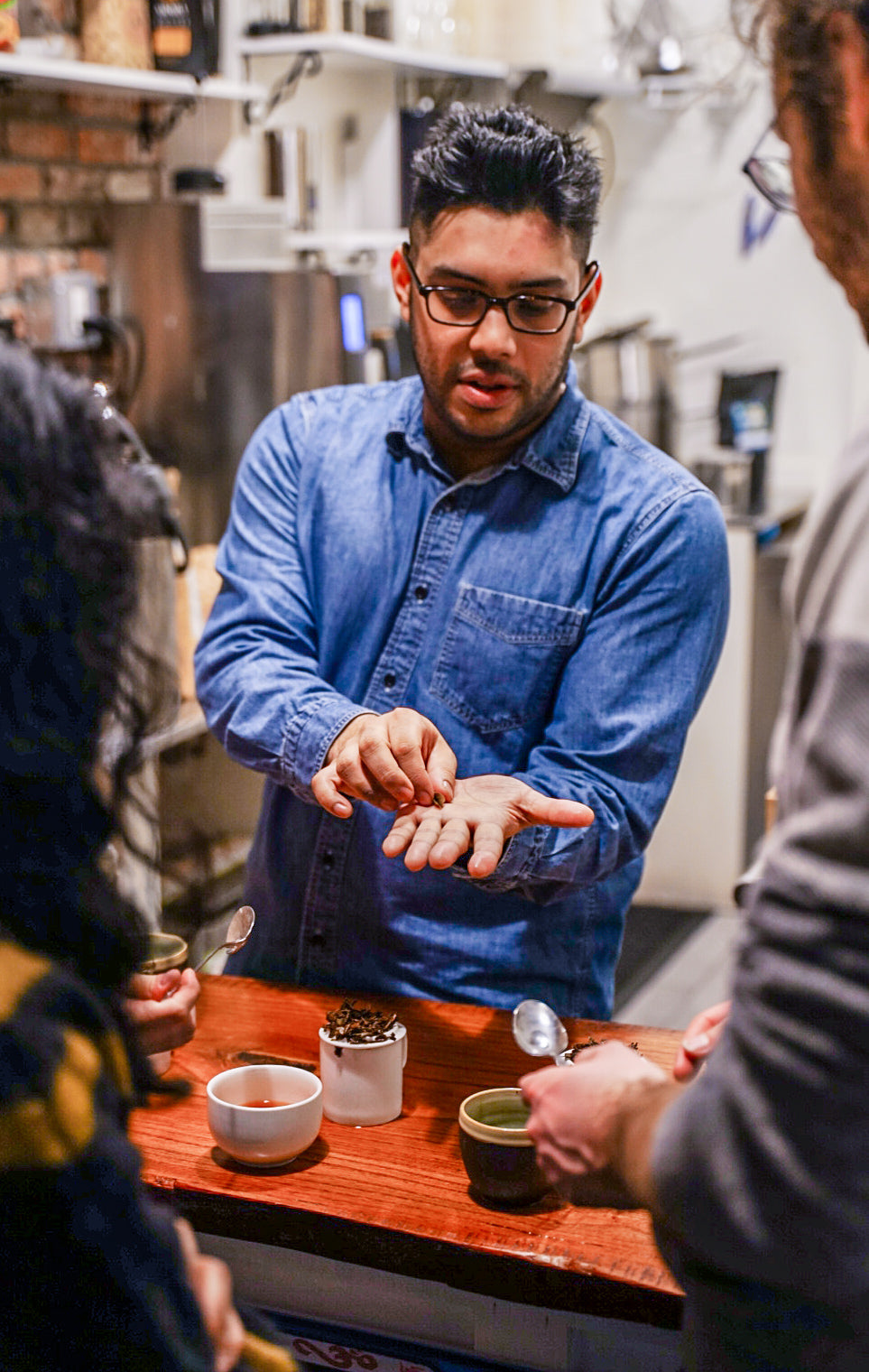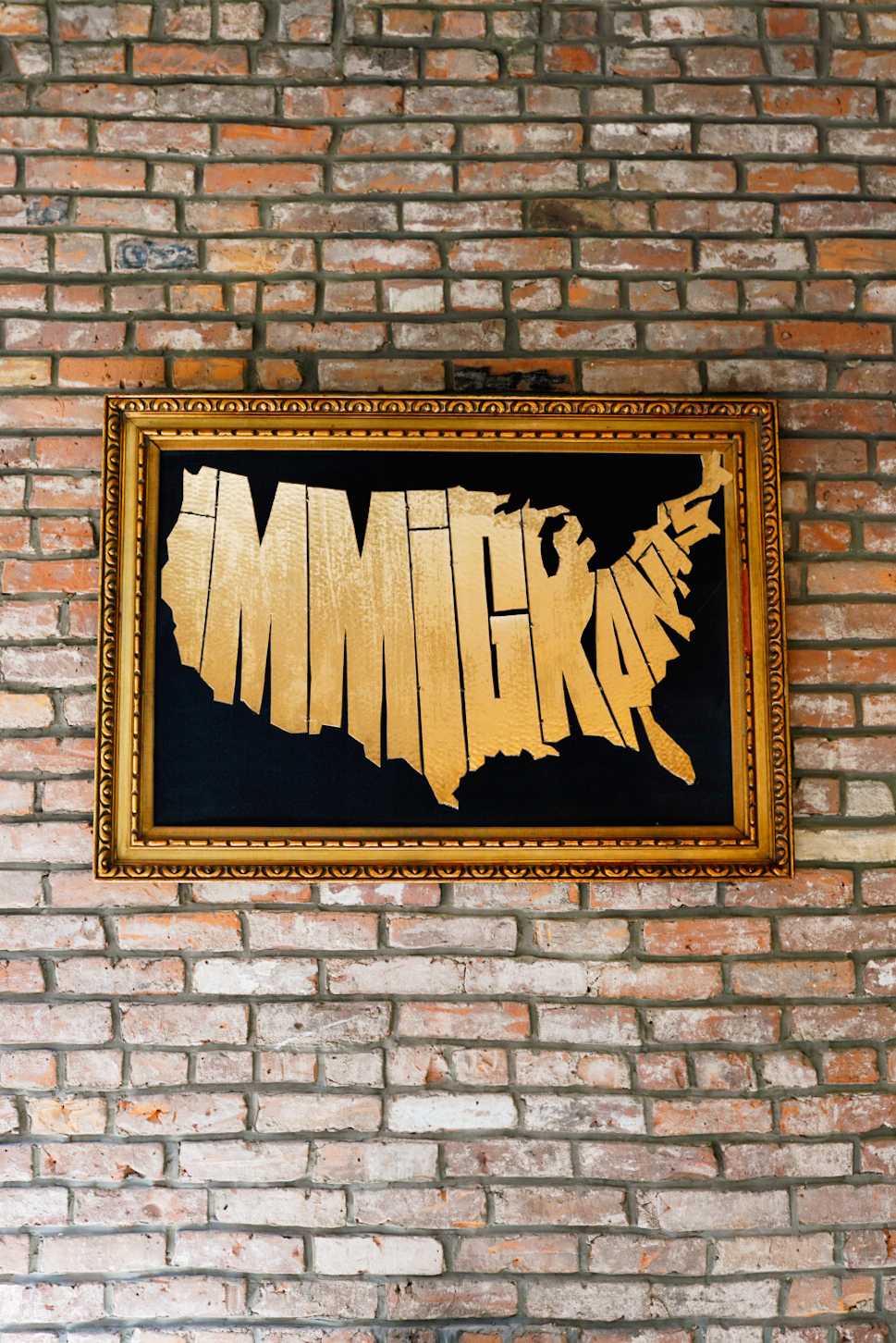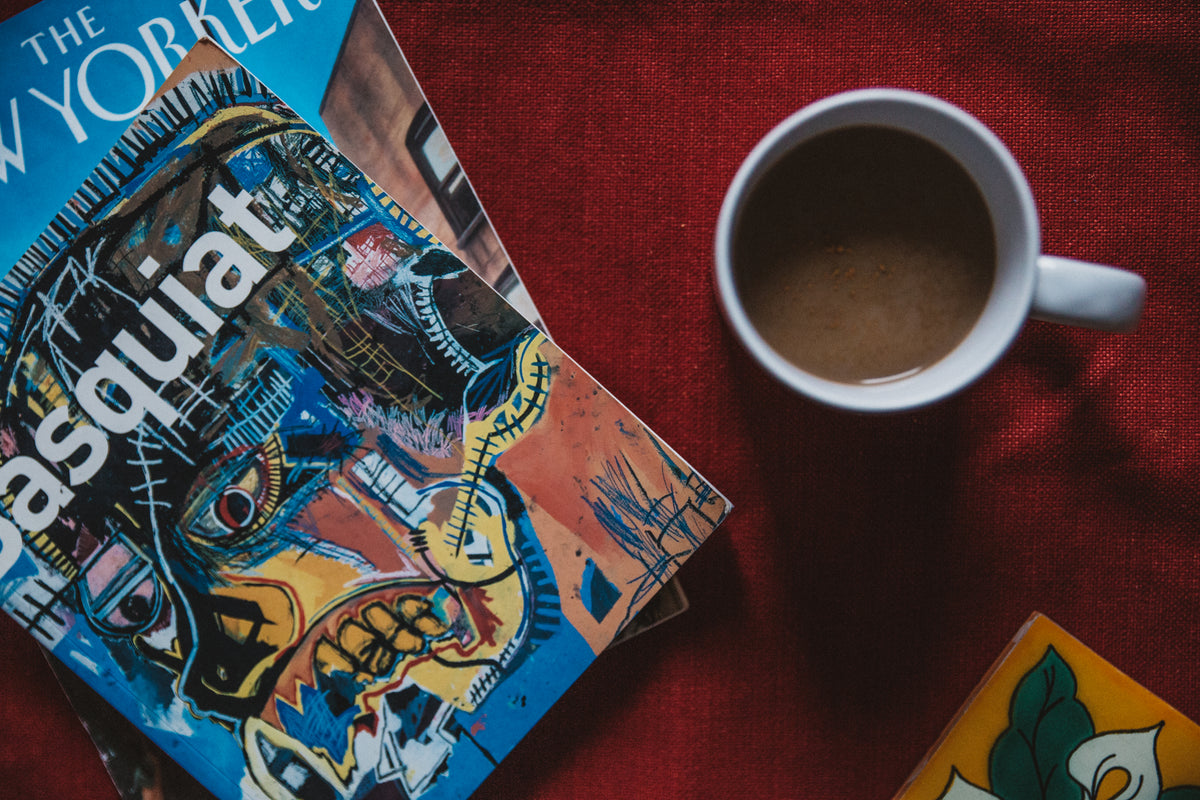
The Problematic Alarm: South Asian Restaurant Tropes We Have to Avoid
As we find ourselves a few weeks away from opening our cafe in NYC, it felt necessary to reflect on how we got here. Not in the literal sense, but rather doing an examination on the philosophies and approaches that define us. Creating a new brand — scratch that — creating a new product category, has its own unique challenges and being a South Asian focused business, requires another layer of thought and respect on top of that.
As a business, our primary focus is to sell chai. A capitalist venture? Maybe. But this can still be done in a way that pays homage and respect to the culture that we know and love. When deciding on how we wanted to position and approach Kolkata Chai, there were 3 South Asian food tropes that we wanted to stay away from.
Side Note: Problematic alarm was created by Desus and Mero — it’s self explanatory.
1. THE “CHAI AS WARM, HIPPY, FUZZY & EXOTIC ELIXIR” TROPE
This is the standard white-person chai trope. It combines the overused India-as-spiritual-escape concept with the idea that chai is this warm, spicy special concoction that will lift your soul into the heavens. It might do that last part, but we never needed your validation. My guess is that this idea entered San Francisco by the way of hippy culture and hasn’t left since.
On their instagram profile, Bhakti Chai says “in Sanskrit, Bhakti means devotion.” Ok, but do you know how to say “eat shit” in Bengali? Gobor khao. Ahh, Brook Eddy, one day you and I are going to have a long talk about the long-term effects of colonization, appropriation and white-savior tropes.



2. THE “GRAINY, BROKEN, VINTAGE INDIA” TROPE
Did you know that “Britain drained a total of nearly $45 trillion from India during the period 1765 to 1938”? When the British arrived, the Indian subcontinent represented around 23% of global GDP. By the time they left it was down to below 4 percent. The concept of India as a poor, third-world country has only been true for recent modern history.
India’s growth and modernization has been rapid and miraculous — I’ve seen it in through my own eyes as Kolkata’s super malls and high rises have replaced slums, factories and neighborhood staples. But walk into many fast casual Indian restaurants in NYC and this worn-down India is what you see. I’ll admit it, I was drawn to this aesthetic at first. I love Bollywood, I love vintage posters and many parts of India does have this grainy, retro feel to it.


I quickly realized on my most recent trip to India that I wanted Kolkata Chai Co. to stay away from these romanticizations. Kolkata is a complicated, dynamic city with a vast and dizzying history that could never be encapsulated by a tea brand in NYC. Besides, its history has always been put in comparison to the West, either through colonial aspirations or Naxalite Marxist revolutions.
I didn’t want to define the city or its people through our brand. I did want to shine a light on its understated food culture, pay tribute to my parents and ancestors and create something that people across the diaspora could take pride in. Chai is something that unites us but also shows our cultural differences through the way it’s prepared. I wanted to look forward, “Indo-futuristically” if you’ll indulge, to a re-imagined Kolkata — one defined by its art, culture and food.

3. “BROWN WORKING CLASS PEOPLE AS THE BACKGROUND” TROPE
Yea, this one is going to be a hard no. I understand how taking an old babu — or a garishly dressed Rajasthani woman — or a chaiwallah — and infusing them with some urban cool is an “exciting way” to re-appropriate India as a land filled with swag & flavor. However, this is lazy.


Earlier this year, Babbu the Painter angered the diasporic community with an Instagram post. People were critical of her use of darker skinned, common folk as props for her photoshoot. It forced us all to think about how we portray our Brownness, culture and our people across the different experiences of colorism, casteism and other socioeconomic divisions that exist across the Indian subcontinent.
Frantz Fanon analyzes this kind of artistry in his book, “Wretched of The Earth” which @diaspora_is_red so succinctly summarized here: https://twitter.com/diaspora_is_red/status/1151621608248713216.
Creating a depiction of chai that directly feeds into the “Western conception of the exotic, unknown, East” does little to help South Asian representation in America. It doesn’t reflect our first-generation experience and seems like a shortcut to getting cheap Instagram love.
I know, I know — pretty deep for a cup of chai. However, everything matters. And while most people walking into our cafe won’t know the difference, I wanted to make sure that we were intentional and thoughtful from day zero. See you at the cafe.
With love,
Ayan


